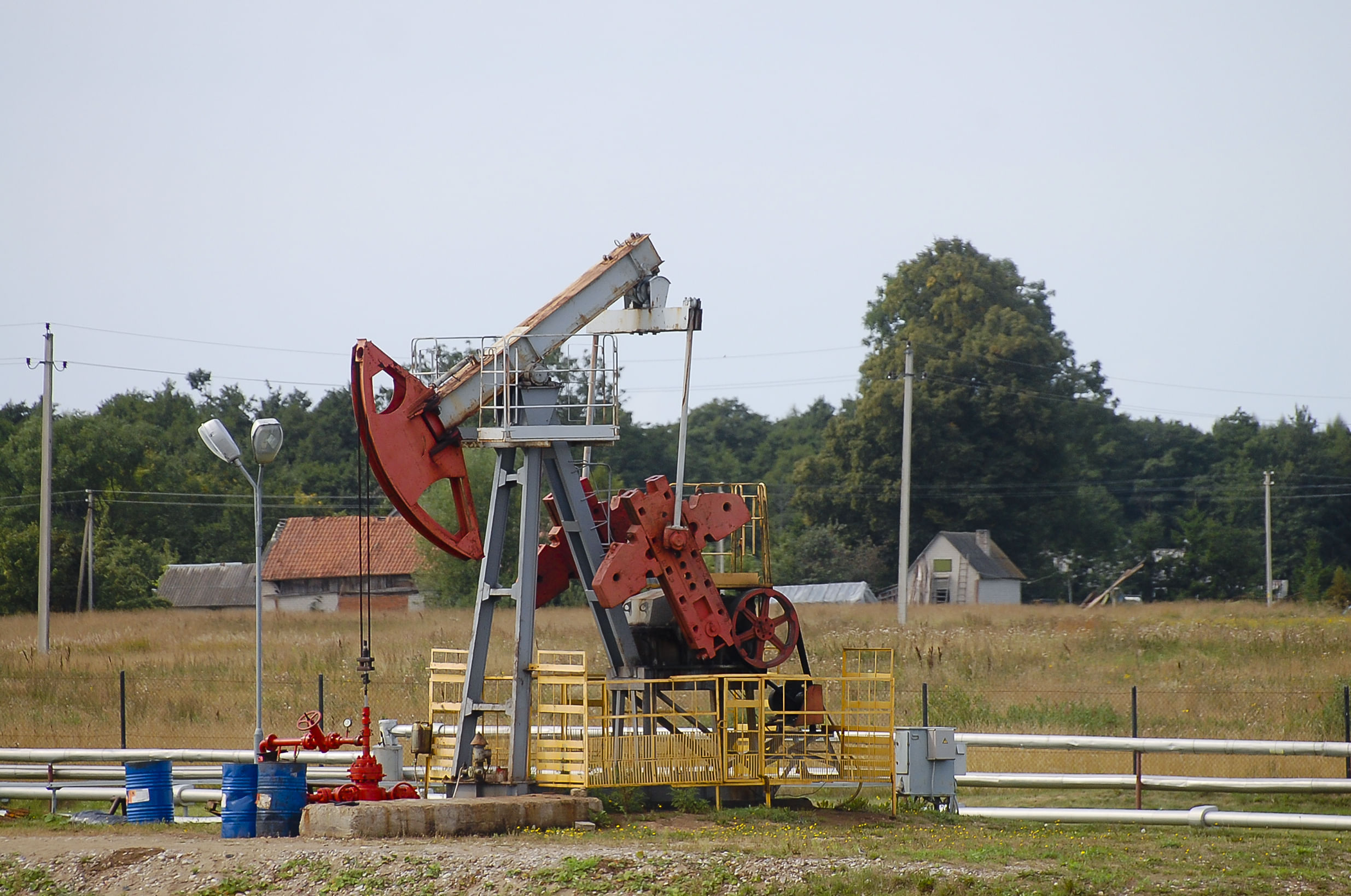Nov 20th, 2025
What Happens to California’s Old Oil Wells?

By: Megan Meadows
Understanding the Process and Environmental Impact
California has nearly a quarter of a million documented oil and gas wells—some dating back to the late 1800s. Many of these are aging, idle, or abandoned. Dealing with abandoned wells poses both environmental and economic challenges. Proper well abandonment is a complex, multi-stage process governed by state law, engineering standards, and environmental regulations—and even one failure can cause contamination or costly cleanups.
It’s easy to forget that much of California sits above historic oil fields. In older neighborhoods near the La Brea Tar Pits, crude oil has been known to seep into basements. Along the coast, beachgoers in Santa Barbara and Huntington Beach often find tar balls on the sand—a mix of natural seepage and legacy drilling.
The state’s oil boom began in the 1890s, when Kern County and Los Angeles gushers made California one of the nation’s top producers. By the 1920s, rigs dotted neighborhoods from Huntington Beach to Beverly Hills. As fields depleted, many wells were simply left behind, with no rules requiring proper closure. Today, developers, homeowners, and regulators are reckoning with that legacy. Hidden wells are often discovered beneath schools, shopping centers, and backyards—sometimes only during construction. In dense areas like Los Angeles, they can pose risks of methane leaks or ground instability.
When a well stops producing, its story doesn’t end. An improperly abandoned well can act like an open straw between underground layers, allowing oil or methane to migrate upward. This can contaminate groundwater, increase methane emissions, and cause surface leaks or explosions. Methane, a powerful greenhouse gas, is a particular concern for California regulators.
Under state law, idle wells are temporarily inactive but still monitored, while orphan wells have no financially responsible owner. The California Geologic Energy Management Division (CalGEM), part of the Department of Conservation, oversees plugging and abandonment. Operators must submit a Notice of Intent to Abandon, obtain CalGEM approval, and meet technical standards. Idle well fees and testing requirements ensure that unused wells remain safe. CalGEM inspections occur before, during, and after abandonment, and projects may require environmental review under the California Environmental Quality Act (CEQA).
Local agencies add another layer of oversight. Air districts regulate emissions during plugging, and cities or counties may require site testing or long-term monitoring. In Los Angeles County, for example, new ordinances are phasing out oil production in favor of cleaner energy policies while tightening rules for idle wells.
Abandonment itself is an exacting engineering task. Crews set cement plugs at key depths to seal off geologic formations and prevent fluids from migrating into freshwater aquifers. The well is capped near the surface, welded shut with steel, and the area restored to match the surrounding land.
For property owners and developers, discovering an old well can be an expensive surprise. California law generally requires disclosure of known wells in real estate transactions, but many older wells were poorly mapped. If found, developers may have to halt construction while wells are tested or re-abandoned, adding months of delay and substantial cost. Homeowners, too, face potential risks—methane intrusion, unstable soil, or liability for cleanup.
Because of these risks, environmental due diligence now often includes well investigations as part of Phase I Environmental Site Assessments. Abandoned or idle wells are treated much like underground storage tanks—an environmental red flag that can affect land value and development.
The Baldwin Hills Oil Field in Los Angeles exemplifies these challenges. First drilled in the 1920s, it became surrounded by homes, parks, and schools. Decades of community concerns about emissions and health impacts led to lawsuits and stricter oversight. As Baldwin Hills and other fields wind down, ensuring proper abandonment has become critical to both public safety and future redevelopment.
Ultimately, plugging old oil wells is about more than compliance—it’s part of California’s transition toward clean energy and environmental justice. Many orphan wells sit in low-income or historically marginalized communities, making proper closure and cleanup essential to equitable environmental protection.
Abandoning oil wells in California blends engineering, environmental law, and land use planning. For regulators, it means protecting air and water. For developers, it’s about managing risk and liability. And for the state, it’s a test of how to reconcile a century of oil production with a sustainable future.